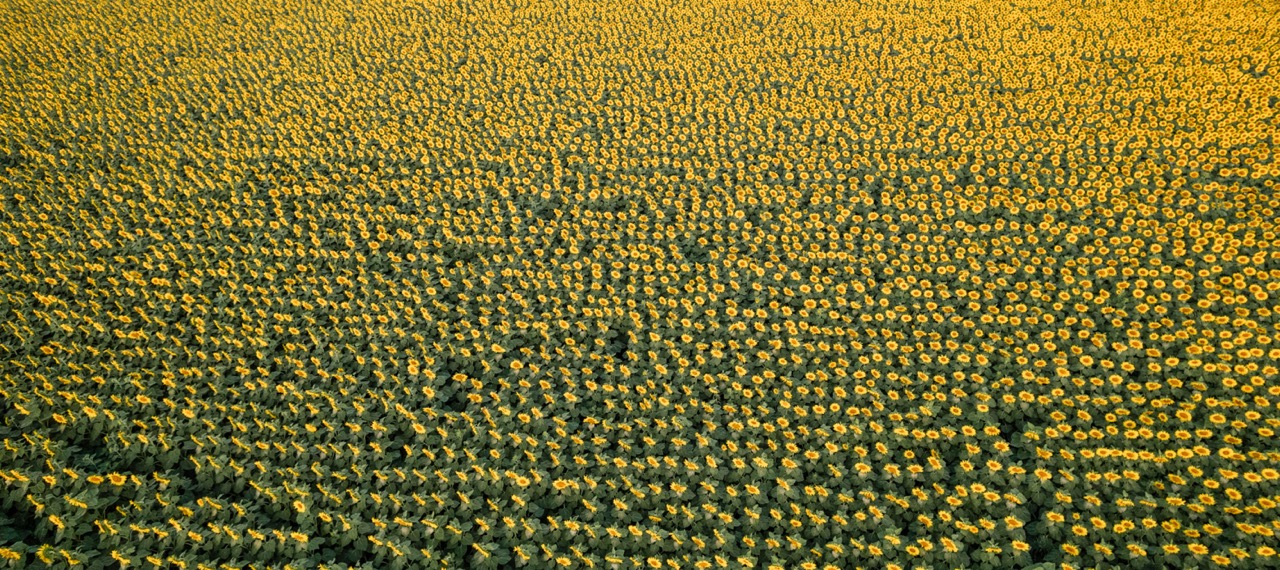
Thud. Thwack. Thwack. This is the sound that the 1-meter, heavy sunflowers make when they hit the side of the car as we make our way through the narrow path towards the middle of the sunflower field. We are on our way to the Gebesee Ecosystem Station, located in the small village of Gebesee, just 20 kilometres from the nearest city of Erfurt. Agriculture plays a big role in this big beautiful region, known locally as the Thuringian Basin.
We step out of the rental car and are immediately surrounded by thousands of sunflowers. In mid-July, the flowers are all in full bloom and have reached a height of around 100 cm. The sight of thousands and thousands of sunflowers, all turned to face the same direction as if looking at an invisible performer at a music festival, is quite incredible. Looking around, all you can see is yellow.
The Gebesee Ecosystem station is one of the longest-running Ecosystem stations on a crop site in the ICOS network. The measurements were established in 2001 and the site is undergoing a regular crop rotation, with crops including winter wheat, potatoes, winter barley, sugar beet and peppermint, among others.
“This year is the first time we have sunflower”, says Dr Christian Brümmer, Principal Investigator of the site. “Aren’t they just so beautiful?”

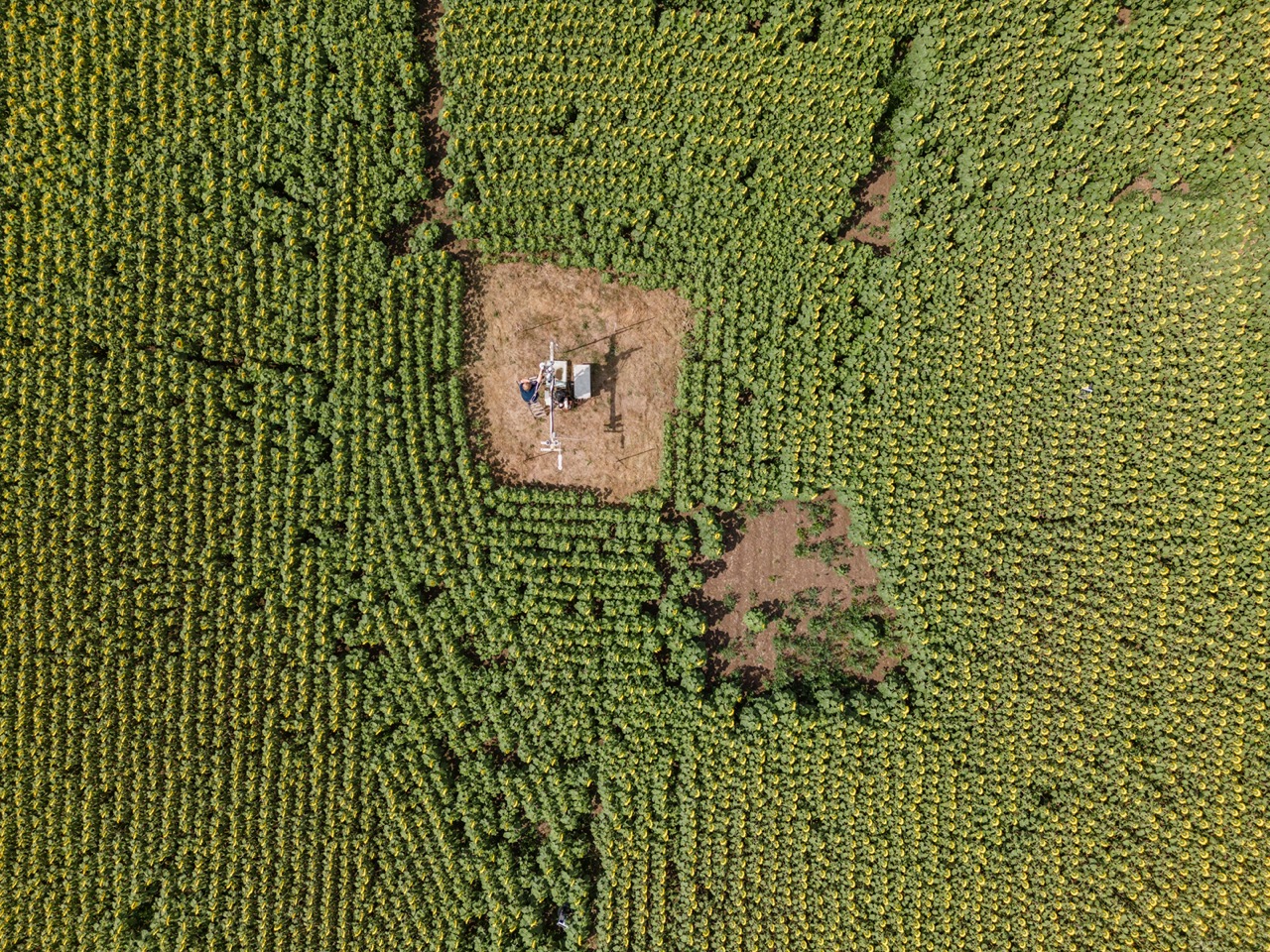
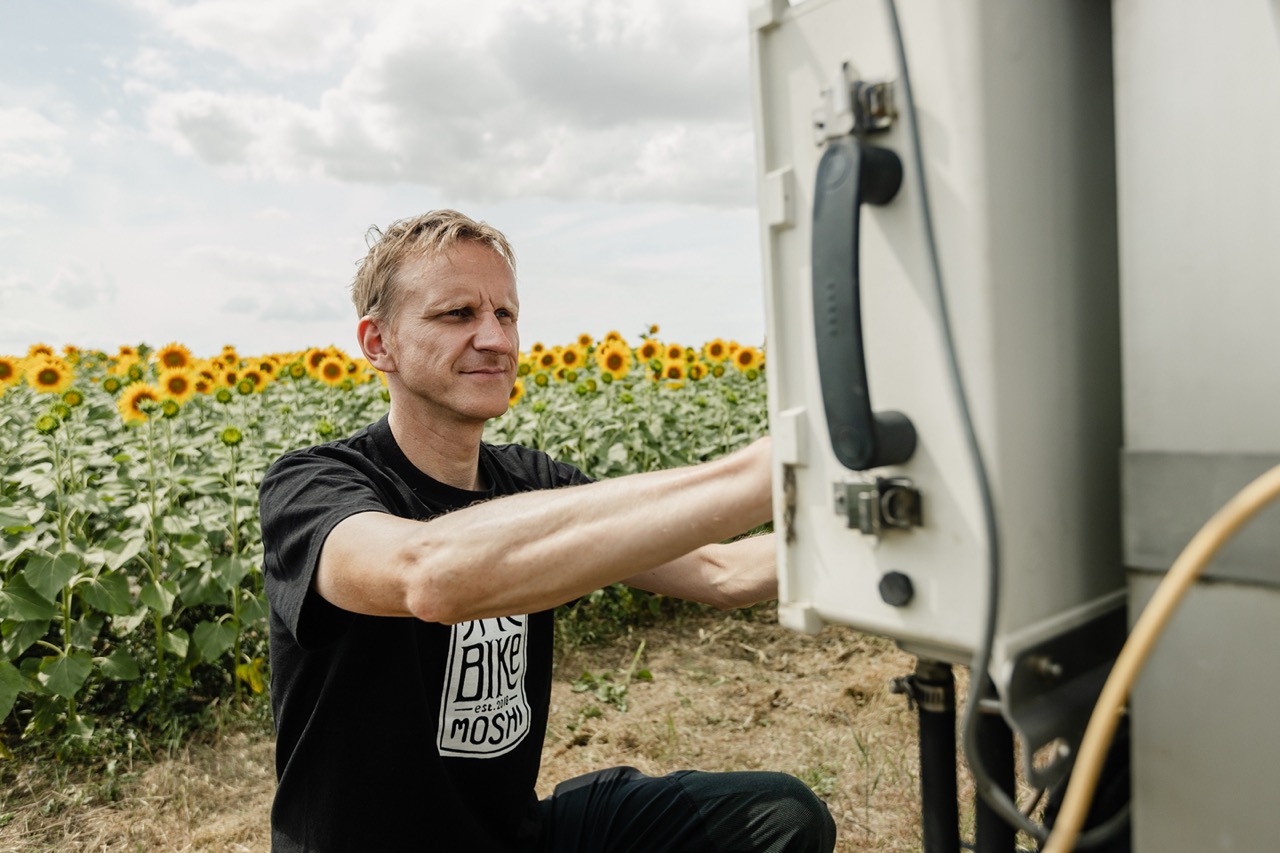
Dream for ecosystem scientists
The Gebesee station measures greenhouse gases at an agricultural crop site. The central part of the station is the eddy covariance tower which measures fluxes of carbon dioxide and water vapour. The team is also setting up chamber measurements to measure the emissions of nitrous oxide (N2O), which is important at agricultural sites such as Gebesee that are fertilised with mineral and organic fertilisers. Emissions of nitrous oxide, a potent greenhouse gas contributing to climate change, mainly stem from agricultural soils through the input of nitrogen-containing fertilisers.
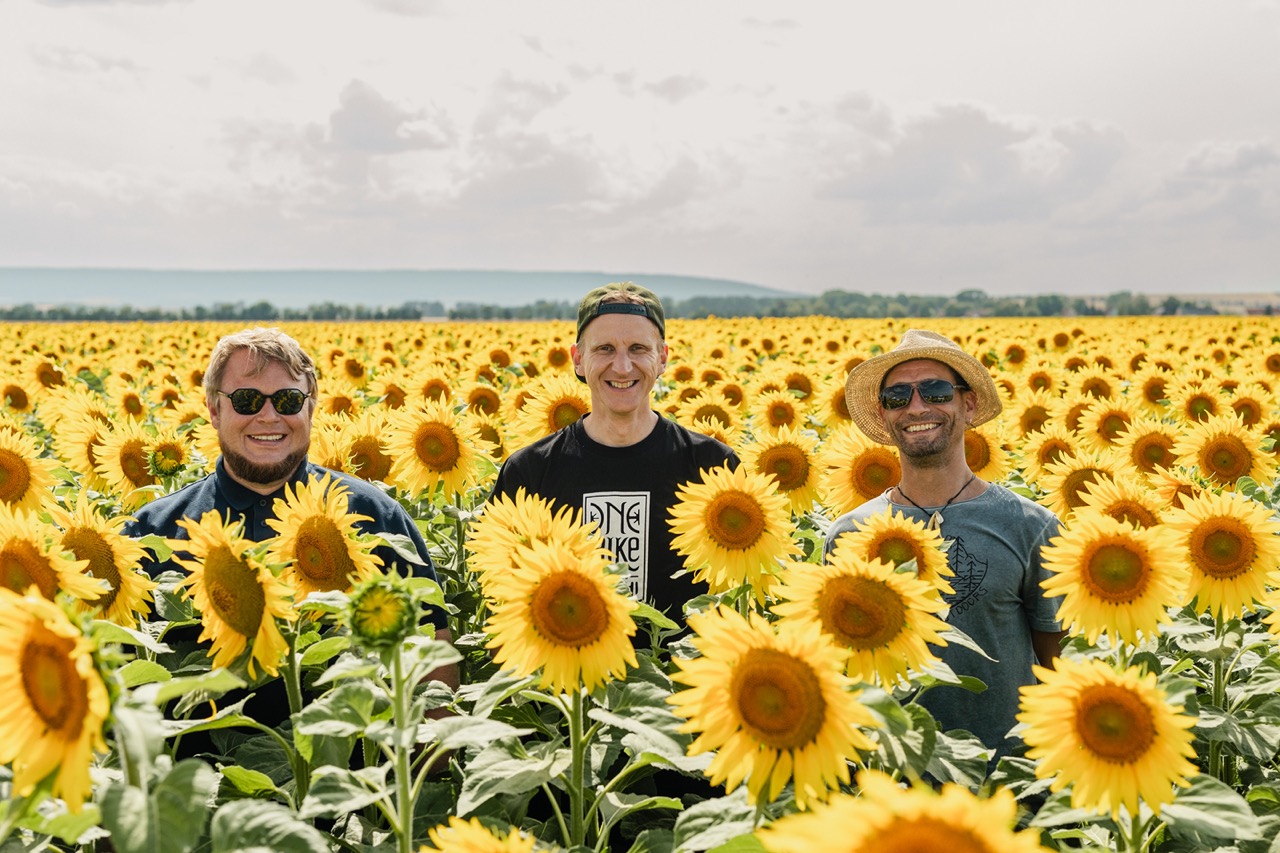
The greenhouse gas data from Gebesee is highly regarded among ecosystem scientists. Data from this station has been used in many synthesis studies and is frequently used by remote sensing communities that need the data to cross-validate their satellite data products. The main attraction of the station is its data quality.
“For eddy covariance measurements, you need a huge area so that that the field of view of the sensors, called the footprint, is large enough”, Christian explains. “The area should be very homogeneous and free of buildings or any other disturbances. If you look around here, regarding the footprint, this site is a dream.”
The data from the tower and the chambers is supplemented with other field measurements such as seasonal vegetation sampling. State-certified engineer Jean-Pierre Delorme takes care of maintaining the instruments and taking care of data quality, but a big chunk of his time is dedicated to designing the fieldwork campaigns, whose planning starts up to one year in advance.
“In fieldwork campaigns, we harvest plants from the field and divide them into different parts: flower, stem and leaves. The different parts are then scanned in the field and in the lab to measure for example the leaf area index”, Jean-Pierre Delorme explains. “We use this index to calibrate our infield measurements.” All observations have the aim of documenting different plant phenological and physiological stages as well as the carbon content of the above-ground biomass.
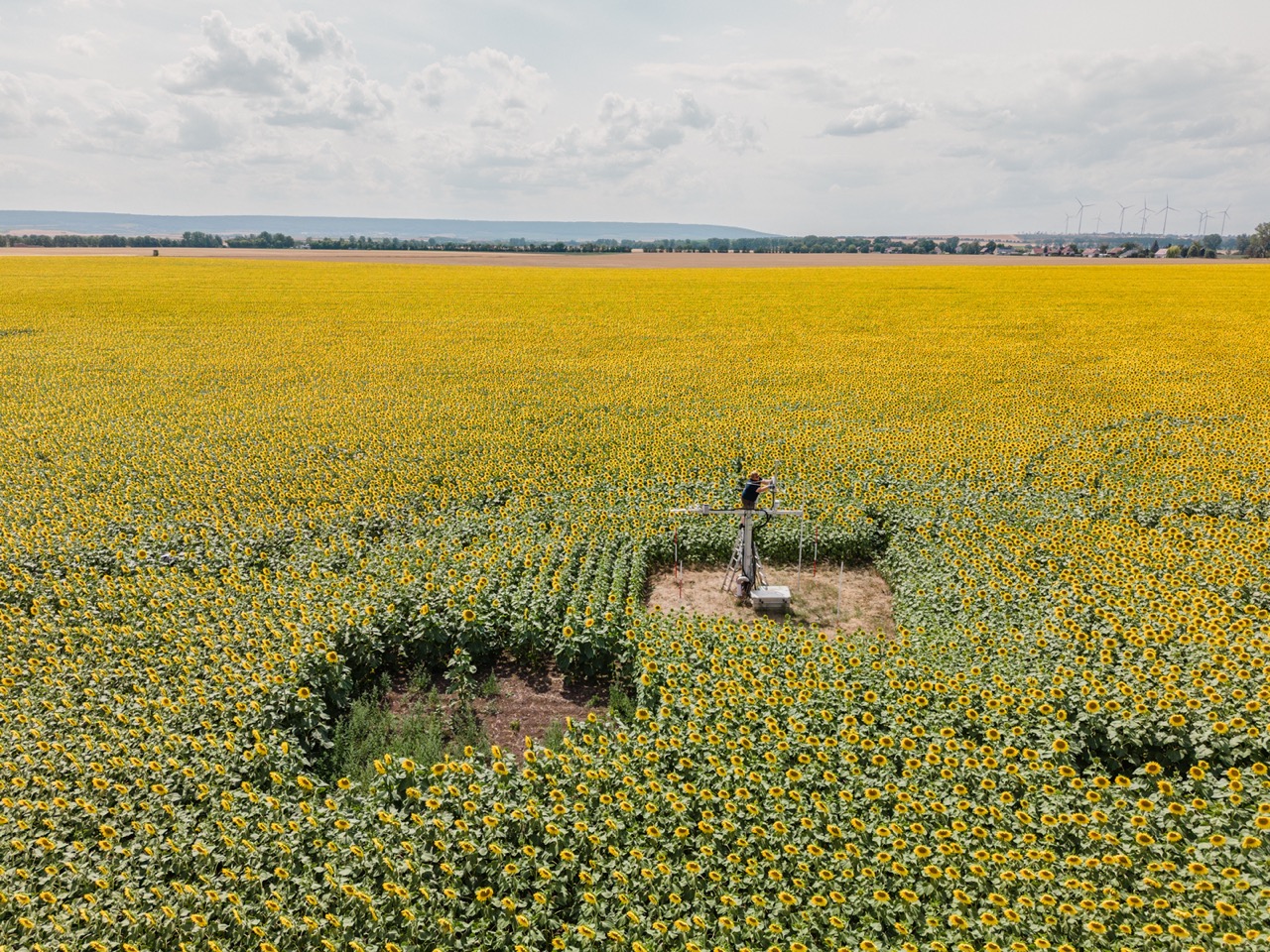
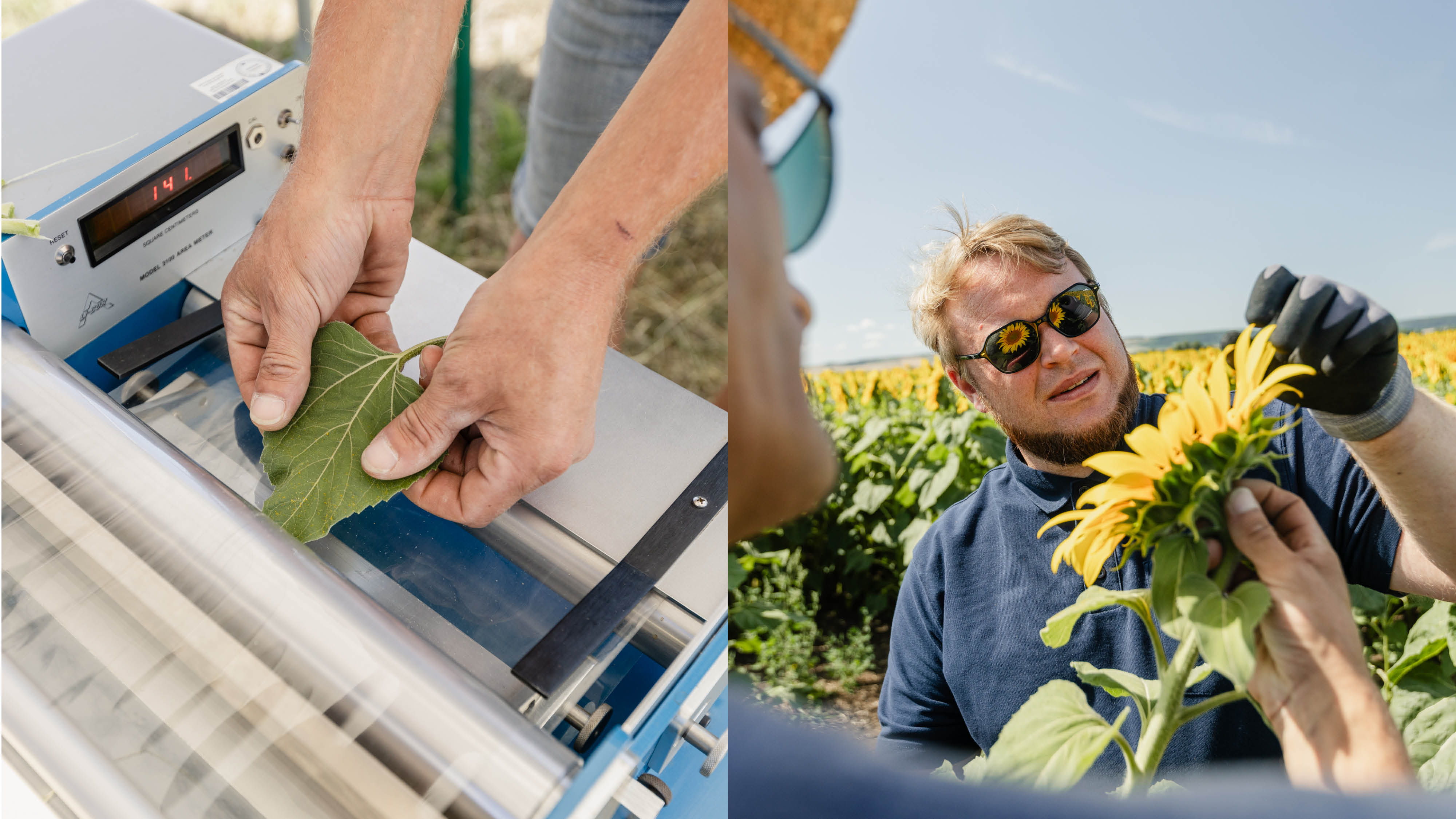
The new crops provide an exciting challenge for the field crew as well. The sunflower poses a practical challenge to accessibility, as throughout the summer it becomes increasingly difficult to get to the study site as the flowers grow into a thick, resilient wall of vegetation. The crop of the previous year, potatoes, on the other hand, was quite physically challenging for the fieldwork.
“We try to adapt our methods to the new crop. I’m curious about what values we get with the sunflowers, " Jean-Pierre says, smiling.
Measuring at agricultural sites is vital
Soil plays an important role in fighting climate change. Carbon that is sequestered in the soil helps to keep the soil healthy and fertile, and keeps the carbon from the atmosphere. In recent years, European soils have been both gaining and losing carbon, depending on soil type, management and climate conditions.
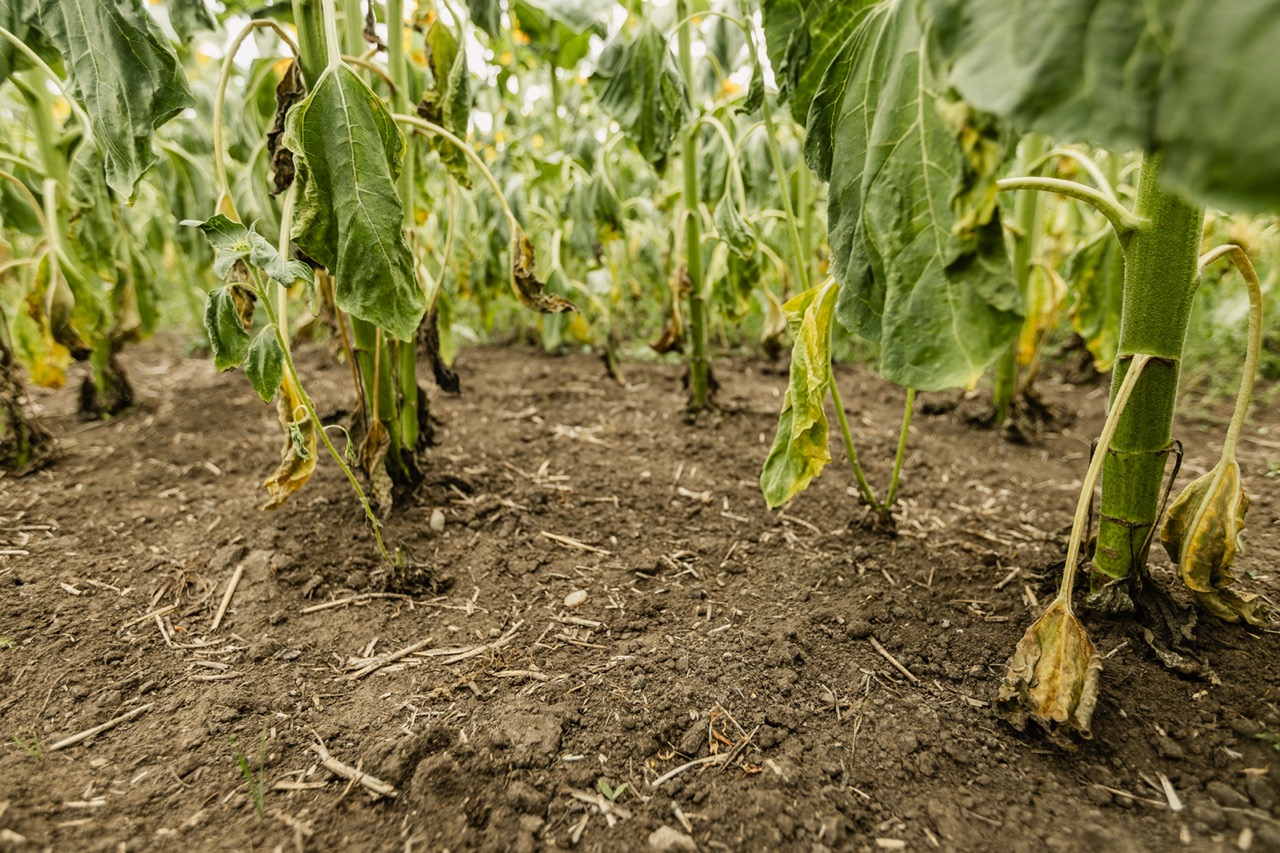
Christian and his team have been compiling a site-specific carbon balance of over 22 years of measurements at Gebesee. The results have caused quite a lot of discussion because they show that under the current management, the site is losing quite a bit of carbon.
“The soil is where we want to have the carbon, not just for the fertility of the soil but so that we can grow crops here in the future. But if we constantly lose carbon, we will come to a point where agriculture as it's practised at the moment, may not be possible anymore”, Christian says. “That’s why we do these long-term measurements and monitoring.”
Data from Gebesee can offer valuable insight into agricultural management globally.
“Crop sites cover huge areas, not just here in Germany or central Europe but worldwide. It’s important to keep these sites and the soil healthy, so we can grow food not just now but for future generations.”
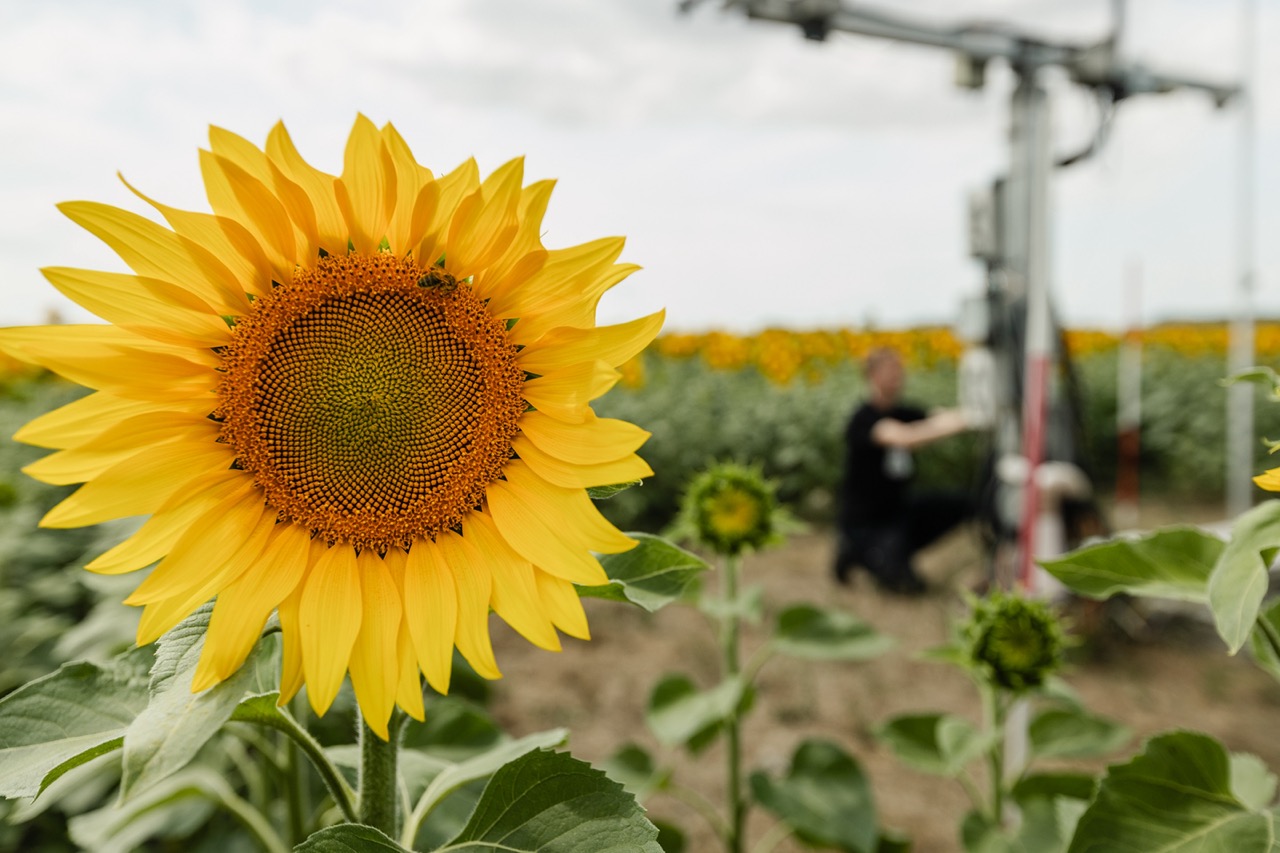
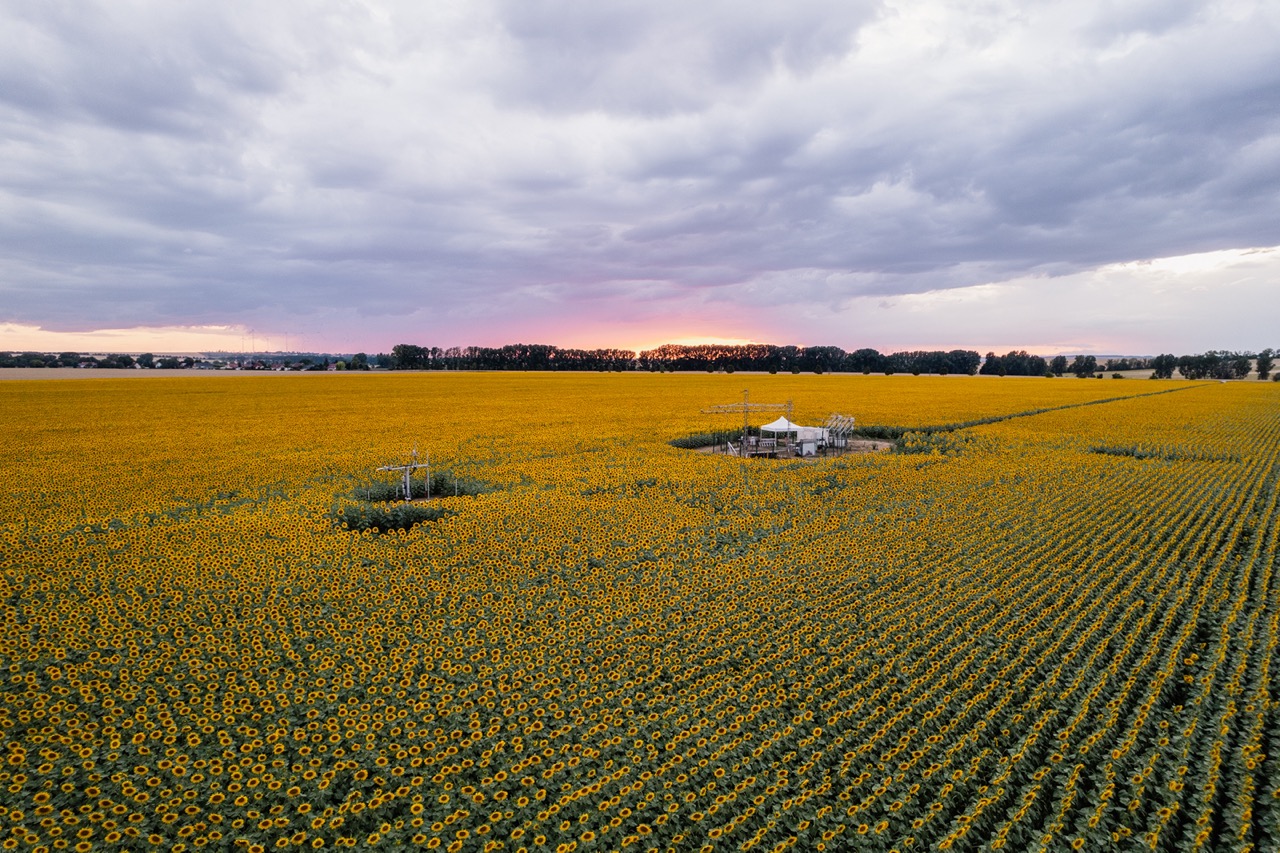
Pictures: Pekka Pelkonen